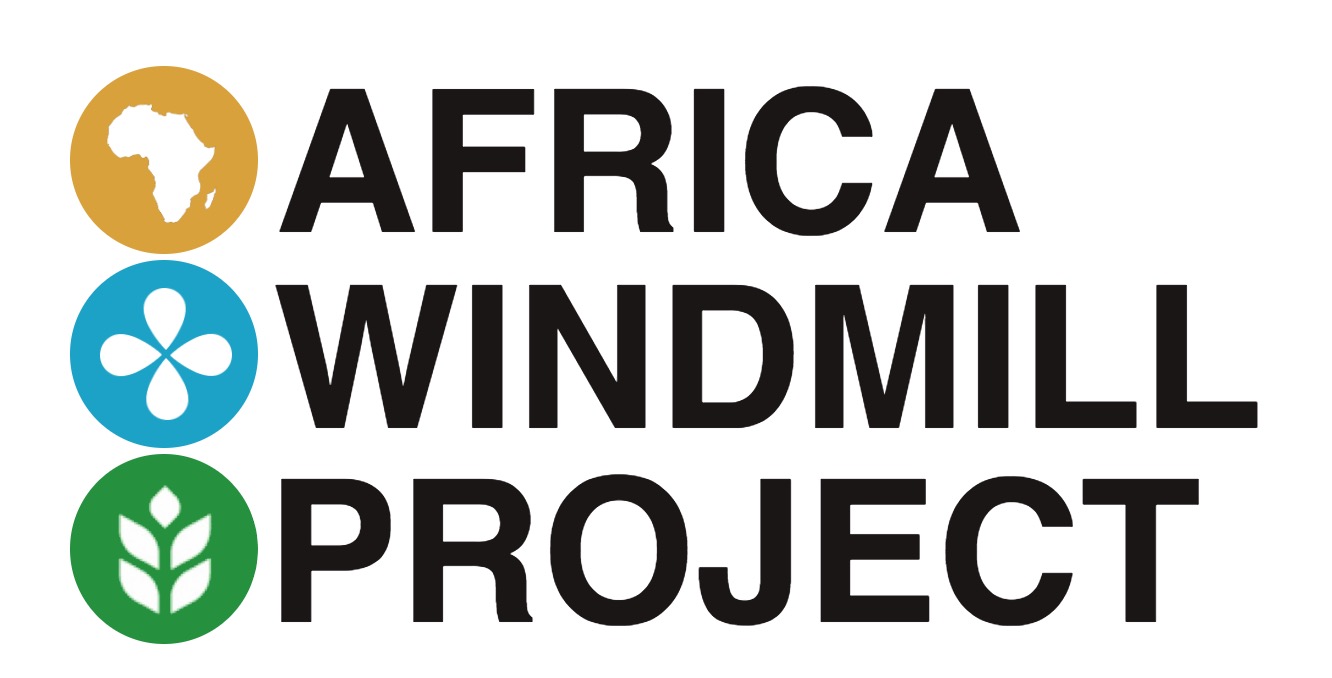Conservation Agriculture training
Conservation Agriculture (CA), basically the intersection of agriculture and Sustainable Land Management, is a promising way forward for smallholder and sustenance farmers in Africa who face rising input costs and environment degradation. AWP has always viewed irrigation as a means to extend the growing season(s) in a given area. If irrigation doubles the number of harvests a farmer can realize in a year, the farmers technique may be the greatest factor effecting his total output for the year. In other words, in a single growing season (rainy season) many farmers realize less (far less) than 50% of the potential of their land. AWP offers training in CA to improve a farmer's yield and set a basis on which irrigation can build. As I mentioned, this training is in high demand. In 2011, AWP plans to provide training to farmers in 7 villages across 3 districts of Malawi's central region.
- Mziza, Lilongwe.
- Chibanzi, Dowa
- Kaduwa, Lilongwe (with Collective Hope)
- Chitedze, Lilongwe (with African Bible College students)
- Mponela, Dowa (with Biwi Home-based Care)
- Dedza Saw Mill (with Julian and Nora)
- Dedza (with African Bible College students)
The trainings will take place throughout the year. There are seven lessons centered around a demonstration plot. (Pictured above is the Mzumala Agriculture Club at their demonstration plot.) The 7 lessons in chronological order:
- Composting
- Crop residue and mulching
- Planting technique
- Use of fertilizer and compost
- Weed, pest, and disease control
- Harvesting
- Crop rotation and farm planning
A demonstration plot for Conservation Agriculture is comprised of 8 subdivision of 10 sq. meters each. The first subdivision demonstrates the farmers' traditional method of growing maize. The second demonstrates CA techniques using chemical fertilizers and pesticides. The third demonstrates an integrated fertilizer/compost technique. The fourth is CA applied to soya, groundnuts, or beans. And the 5th through the 8th are a repetition of the first 4. 


